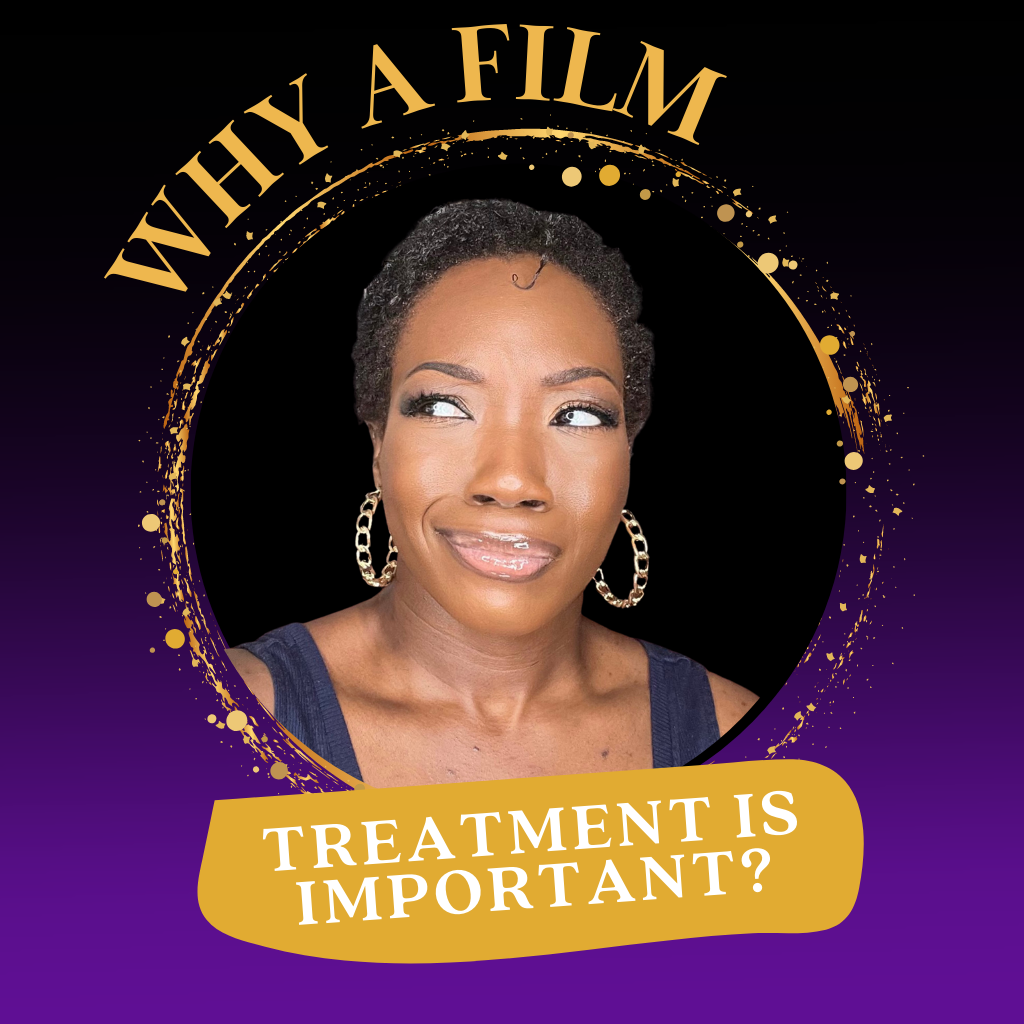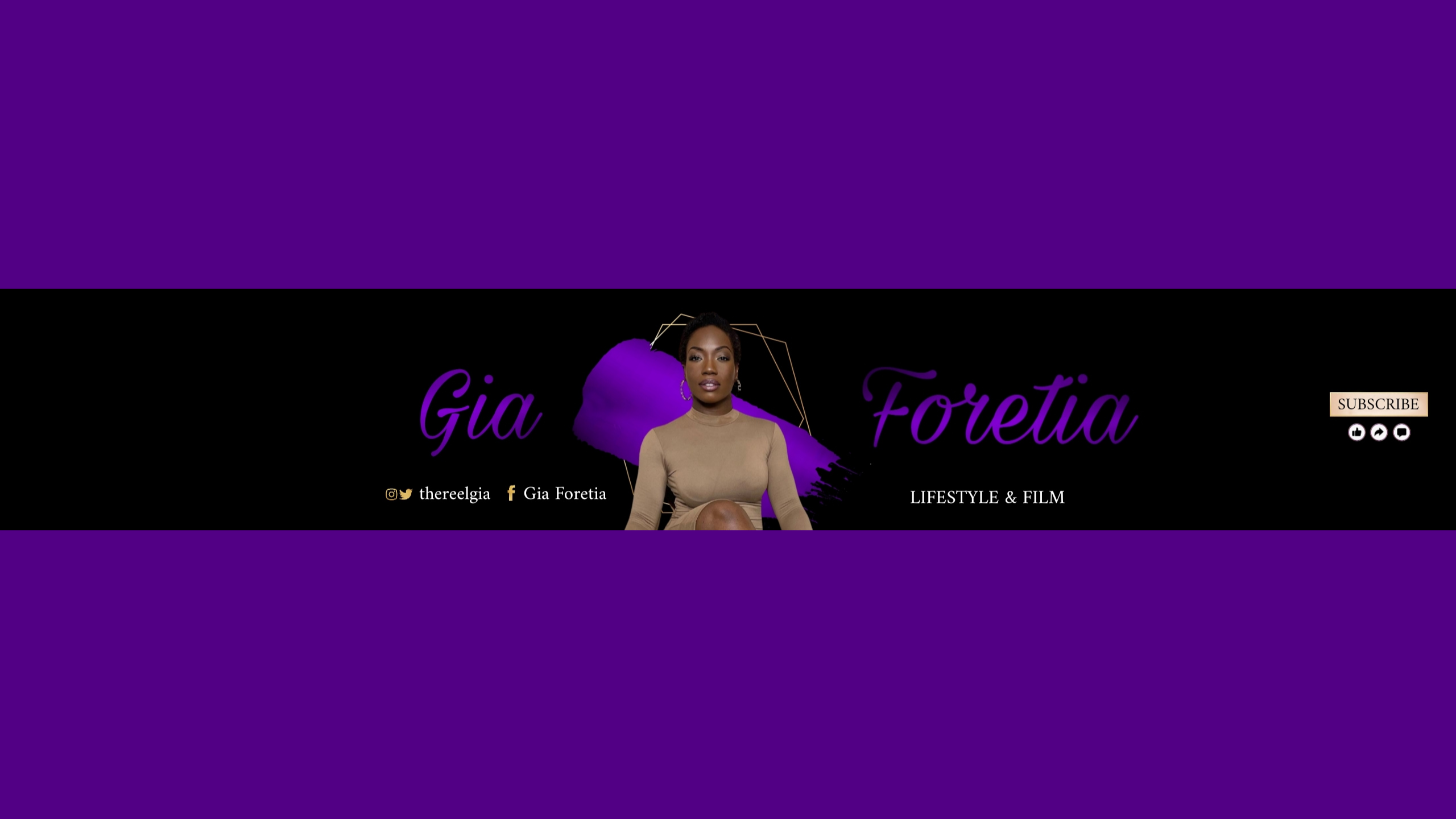Why A Film Treatment Is Important?


What is a film treatment? Why do I need a treatment if I already have a synopsis in place? I mean, is it really that important?
These were just a few questions that ran through my mind after I’d just secured the full copyright for my synopsis. And, quite honestly, I wanted to skip having to write a treatment all together because writing my synopsis, which made me decrease my 22-page script down to one was completely draining.
On top of that, my film was kind of getting on my nerves. I’d been so laser-focused on it every day for the last few months.
I needed space.
I needed time away to miss my film so when I return back to it, my energy and focus would be much stronger with new perspectives and ideas. Besides, by me only concentrating on my film, all my other responsibilities and projects were getting left behind and going unfinished.
To find out if a treatment was really necessary, I decided to turn to one of my film bibles by Carole Lee Dean, called, “The Art of Film Funding”. And low and behold, one of the passages I happened to breeze through was an interview recap she had with a filmmaker named Xachery Irving, who created the film “American Chain Gang”.
In that recap, she asked Xachery how he went about bringing his film to life.
He stated, “The most important thing one needs to do during [their] planning stage is to become very organized. You need to have a good treatment, a solid pitch, and a clear presentation of what it is that you want to achieve with the film.”
(Oh gosh!! Why?!!! No! No! No!)
What is in a film treatment?
A film treatment should include your movie poster, your film’s logline, and then the detailed version of your story. It’s also written in third person, short story, and prose form. I’ve also heard that treatments are usually written before the actual film script.
I happened to write mine after my script and synopsis, but again it all depends on what the writer is comfortable with.
Typically, it’s: 1) Treatment 2) Synopsis 3) Film Script
After a few days, I decided to get over myself and begin finding out how to write a treatment. According to the word on the street, there are no set rules on how to write one and they can range from 3-30+ pages. (Goodness!)
Then, I came across the treatment for “The Terminator” written by James Cameron and it was explicitly detailed. I mean, you actually felt like you were in the movie. So, I decided to do the same thing. In the end, the first draft of my treatment came out to 8 pages. Then, I sent it off to my script supervisor for her to review.
A month goes by, and I’m completely knocked flat on my behind. I’m disappointed because I received an email back from my script supervisor saying that my treatment was too long. Instead, it should be 2-4 pages so someone can read it quickly. It also needed to be in short story and prose form. (SOMEONE HELP ME PLEAESE!!!)
Luckily, she sent me a link to a website (found here) that led me to the treatment for “Mr. and Mrs. Smith”. (Much simpler than the Terminator)
How long should a treatment for a film be?
For a short film (usually no more than a 15-page film script), the treatment should be no more than 4 pages.
For a feature film (can end up being more than a 100-page film script), a treatment can range from 3-30+ pages.
I would advise especially if you’re a new independent filmmaker with no track record, keep the pages of your feature film treatment to a minimum (as much as possible).
Remember, most people today like to be in and out as quickly as possible. So, grab their attention quick and hold onto it with all your might!
After following the style of Mr. and Mrs. Smith, my treatment went from 8 pages to 3. My script supervisor provided her feedback with only minor notes and grammatical errors for me to correct. (Whew! Thank God!)
Then, I asked her, what’s the simplest way to understand what a film treatment really is and what it’s needed for? And she stated,
“A treatment is like a pitch. It tells the end reader what your story is about which is why it’s best to make it a short document especially if you have investors/funders interested. And only if you’re like James Cameron in Hollywood should [anyone] be writing a treatment that’s 60 pages long. Treatments that are extremely long are due to the script haven’t been written yet which is how Hollywood usually goes about their films”.
Is a film treatment necessary?
Yes! Remember, if you have an investor interested in your film idea, you want to provide them with a brief document describing your story in detail. Think about it, if you’re an investor with only 10-minutes to spare and a newbie filmmaker is standing in front of you claiming to have the next big blockbuster movie idea, would you really have time to read their ~100-page feature script? Or a 15-page short film script?
Or would you have time to read a 1-page synopsis? Or a 5-page treatment?
Think Shark Tank. In reality, the contestants are probably standing in front of the judges for hours pitching their business ideas and deciding which investor to do business with. But after editing, each contestant’s time on the air (at least for the end viewer) is cut down to 3-5 minutes.
Do you really think end viewers who are also potential customers want to wait and watch a contestant for 1-2 hours before they make a final decision? (Absolutely not! Time is money!)
What is the difference between a film outline and treatment?
A film outline is just a bulleted list of the major steppingstones in your script. It serves as a guide for the screenwriter to keep track when writing the film’s treatment or script. (You can also include your script supervisor in this stage as well.) In this list you have all the major focal points in each act. The blanks aren’t filled in yet in the film outline. Instead, they’ll be filled in when writing the treatment.
A treatment is an actual detailed summary of your script. More details are included. In essence, it’s like a mini book of your script. You’re introducing the characters, their unique characteristics, their back stories, the plot, specific details about locations, relationships, memories, etc. The treatment is meant to captivate the end reader’s imagination so they would want to read the actual script.
How do you write a film treatment?
It depends on the writer. I would say, start with a guide such as the Mr. and Mrs. Smith example I linked to above. Read it a few times until you get the hang of its writing form.
Don’t overthink it.
Then, immediately begin trying to mimic the same writing style with your story.
Remember, if you’re still having trouble, have another writer help you. I’m available. You can work with me by clicking here. Or, have your script supervisor help you.
There’s always help near by! 🙂
Here’s a great video for you to check out:
Other Posts You May Be Interested In:
- How To Begin Raising Money For Your Film?
- How To Navigate Between A Film Copyright and Trademark?
- How To Create An Epic Movie Poster?
Disclaimer:
The author is not liable for any losses or damages related to actions of failure to act related to the content in this article. If you need specific legal advice, consult with an attorney who specializes in your subject matter and jurisdiction.


How To Plan For Pitch Video Success? (+ BTS Footage) - Gia's Crazy Life | 28th Oct 21
[…] Why Do You Need A Film Treatment? […]
How To Raise Money For A Short Film? (Part 1) - Gia's Crazy Life | 14th Nov 21
[…] Why Do You Need A Film Treatment? […]
How To Get Through Your First Table Read? - Gia's Crazy Life | 23rd Aug 22
[…] Why A Film Treatment Is Important? […]
How To Find The Right Film Director? - Gia's Crazy Life | 5th Jan 23
[…] Why A Film Treatment Is Important? […]
How To Begin Raising Money For Your Film? - Gia's Crazy Life | 26th Mar 23
[…] Why A Film Treatment Is Important? […]
How To Navigate Between A Film Copyright And Trademark? - Gia's Crazy Life | 26th Mar 23
[…] Why A Film Treatment Is Important? […]